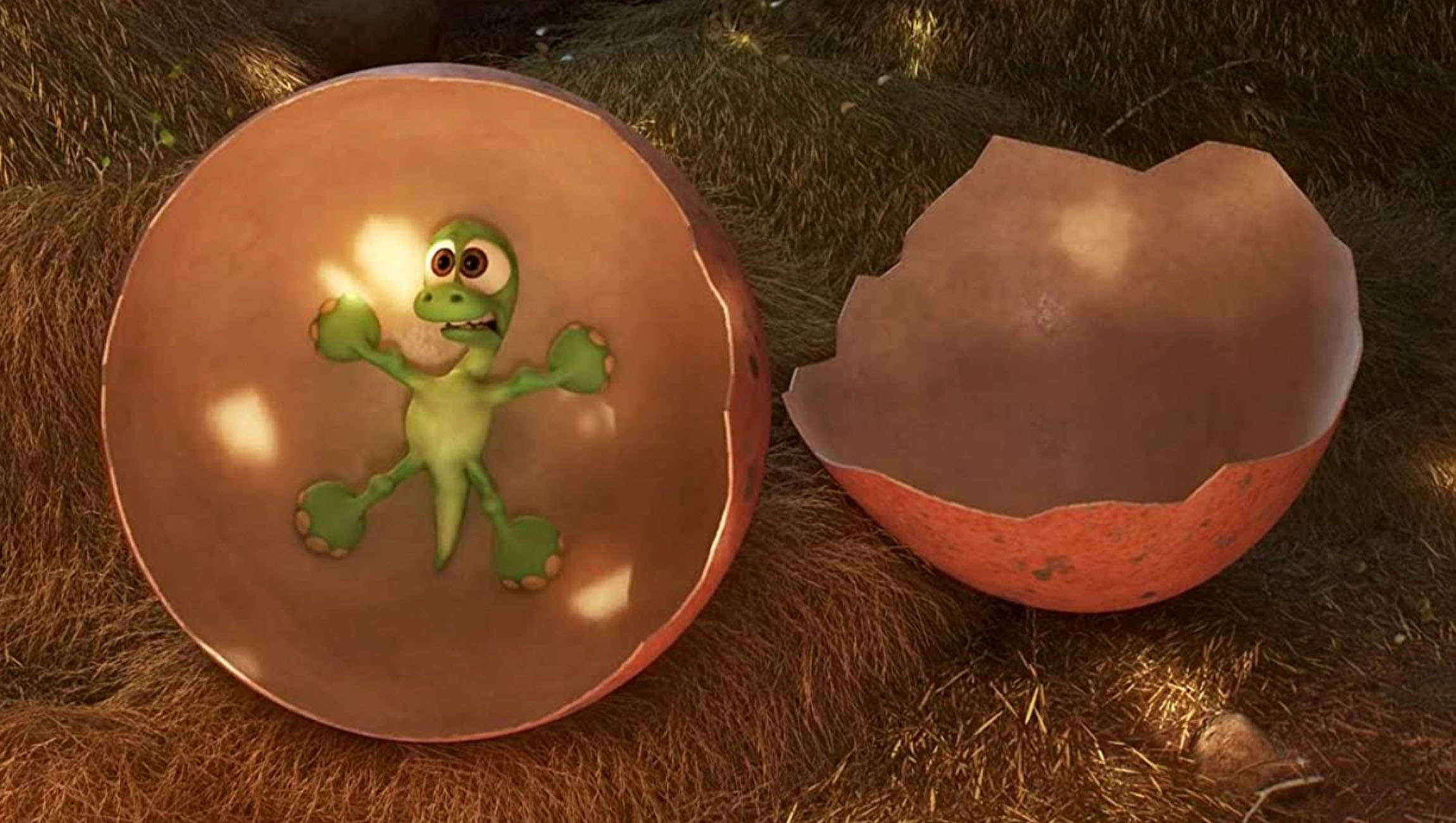Create a free profile to get unlimited access to exclusive videos, sweepstakes, and more!
3D face of a dinosaur embryo stares back for the first time and it looks like a unicorn turkey

Unlike the dragon eggs that remained dormant for years until they hatched in the fire with Daenerys, nothing is ever going to break free from a fossilized dinosaur egg anytime soon. Or ever. But in a way, something did.
Embyronic dinosaurs that even give something of an idea of what the creature looked like before hatching are rare enough. After a team of paleontologists obtained a clutch of smuggled titanosaur eggs that were thought to originate in Patagonia (prime titanosaur territory), they discovered the first three-dimensional skull of a dinosaur embryo that has ever emerged after aeons of being buried in rock. While the exact species of titanosaur has not been identified, what is immediately obvious from the embryo skull is that its face could change the way developing dinos are seen in the future.
“Sauropodomorph embryology remains one of the least explored areas of the life history of dinosaurs,” said paleontologist Martin Kundrát, who led a study recently published in Current Biology, adding that “preparation exposed embryonic remains, the unique preservation and scientific importance of the specimen.”
Most dinosaur eggs ended up smashed by the pressure of sediment that eventually fossilizes and turns them into fossils with it. This is why digital 3D reconstructions have really been educated guesses at best, mental images of what the embryo could have looked like but not necessarily what it actually looked like. This titanosaur skull gazes back with a face that was exactly as it was millions and millions of years ago. Its eyes are positioned at the front of its face (as opposed to the sides of its skull like many sauropods and sauropodmorphs). It also has a strange horn that make it sort of resemble a turkey mashed up with a unicorn in the best possible way.
Rowland and his team are still unsure as to why titanosaur hatchlings would need such an adaptation. It is possible that having stereoscopic vision like humans would help them keep an eye out for predators and give them a head start at escape, since very young dinosaurs were generally thought to be light and quick on their feet. The paleontologists are also baffled by the presence of the horn on its snout. Maybe it was meant to give the baby an assist in breaking out of the egg, but the egg tooth on most reptiles and birds with an egg tooth is typically found at the end of the snout or beak, and usually falls off soon thereafter.
“Early juveniles of titanosaurian sauropods might benefit from a temporary ability of at least a partial binocular vision that would provide a much better visual perception,” Kundrát said.
This embryo may have hatched some surprising finds, but possibly even more mysteries. Why did it need advanced depth perception from the moment it hatched? What was the horn really used for? Why was it born with features that changed drastically as it matured? How did it even develop inside the egg? The rest of the body was lost to time. Extant reptiles develop in a curled position that makes it easier to break the egg with their temporary egg tooth, but without the rest of the skeleton, it is difficult to discern whether or not this was the case for the titanosaur embryo. It could be possible that it had an egg tooth in addition to the horn, but that fell off after hatching.
Drastic changes would also take place in its facial morphology as it matured into a gargantuan adult. There is no evidence of a horn on the snout of any adult titanosaur skull, and Kundrát and his team could find hardly any evidence of prenatal development in these dinosaurs.
“Given the fact that we do not know how long these sauropod embryos developed inside their eggs, it is difficult to assess how much these prenatal [characteristics] remained expressed in the cranial morphology at hatching,” he said.
Something that does give away more might still emerge from that clutch of eggs, most of which still needs to be studied. There might be a skeleton with answers just waiting to hatch.


























